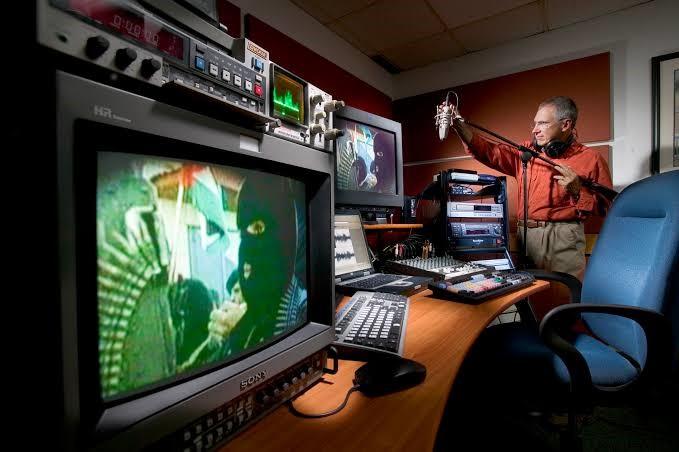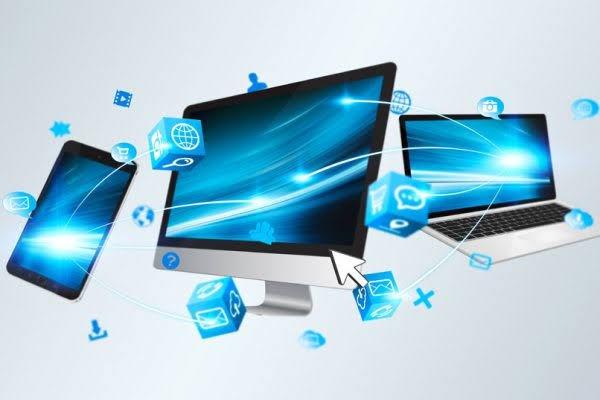In the present computerized age, video footage has turned into a basic wellspring of proof in criminal examinations, legal procedures, and different circumstances. However, video evidence’s reliability and authenticity can frequently be questioned. This is where video forensic analysis comes into play. This interesting field consolidates innovation, science, and insightful methods to reveal reality concealed inside video accounts. This article will discuss the fundamentals of video forensic analysis and how it is used in contemporary investigations.
Understanding Video Forensic Analysis
Video forensic analysis is the most common way of looking at and examining video recordings to remove pivotal data and lay out their genuineness, uprightness, and setting. To enhance, clarify, and interpret the video footage’s visual and audio content, it requires a combination of technical knowledge, specialized software tools, and investigative methods. The objective is to give objective and deductively approved results that can be utilized as proof in official procedures.
Effects of Video Forensics Analysis in Modern Day-Investigations
Video Authentication and Integrity Verification
One of the primary responsibilities of video forensic analysis is to authenticate and verify the integrity of the video footage. The recording device, file format, metadata, timestamps, and any signs of tampering or manipulation are all examined as part of this. Advanced software tools are used by experts in video forensics to examine these elements and determine whether the video is genuine and not altered in any way. Investigators will be able to confidently present the video as evidence in court if they can demonstrate the video’s authenticity and integrity.
Video Enhancement and Reconstruction
One more significant part of video forensic analysis is enhancing and reconstructing video footage to work on its quality and lucidity. Video recordings may frequently be affected by poor lighting, low resolution, or other factors that make it harder to see important details. Video forensic experts utilize particular programming instruments and methods to upgrade the picture quality, enhance sound accounts, balance out flimsy film, and even recreate divided or harmed video portions. This procedure has the potential to bring to light obscure details, improve facial recognition, and provide a more precise comprehension of the events depicted in the video.
Lip Sync and Speaker Identification
At times, video scientific investigation includes inspecting the synchronization of sound and video components inside a recording. This is especially pertinent with regards to lip sync investigation and speaker distinguishing proof. Lip sync analysis checks to see if the video and audio components are synchronized correctly, ensuring that the speakers’ lips are moving in sync with the sound. On the other hand, speaker identification aims to identify and confirm the voices heard in the recording. These procedures can be pivotal in situations where audio evidence, such as confessions or statements, is presented.
Video Analysis for Reconstruction of Events
Experts are able to construct a comprehensive timeline of the events by looking at timestamps, visual cues, and the spatial relationships that exist between individuals or objects in the footage. This reconstruction can help investigators comprehend the situation’s context and dynamics by providing crucial insights into the sequence of actions, movements, and interactions.
Legal Applications and Challenges
Video forensics plays a crucial role in a variety of legal proceedings, including insurance claims, civil litigation, and criminal investigations. It can assist with laying out the validity of witnesses, check vindications, give visual proof of wrongdoings or mishaps, and uncover stowed subtleties that might impact the result of a case. However, video forensic analysis is not without its difficulties due to the ever-changing nature of technology and methods. Suitability of video proof, adherence to measurable principles, and the requirement for master declaration are significant contemplations while presenting video forensic analysis findings in court.
Conclusion
Video forensic analysis is a spellbinding field that consolidates logical techniques, specialized mastery, and insightful abilities to open reality concealed inside video recordings From confirming and checking the trustworthiness of video proof to improving picture quality, recreating occasions, and breaking down general media synchronization, video scientific specialists assume a significant part in current examinations. The art of digital detective work continues to evolve in tandem with technological advancements and new challenges. As a result, investigators and legal professionals now have powerful tools to discover the truth and ensure that justice prevails.

